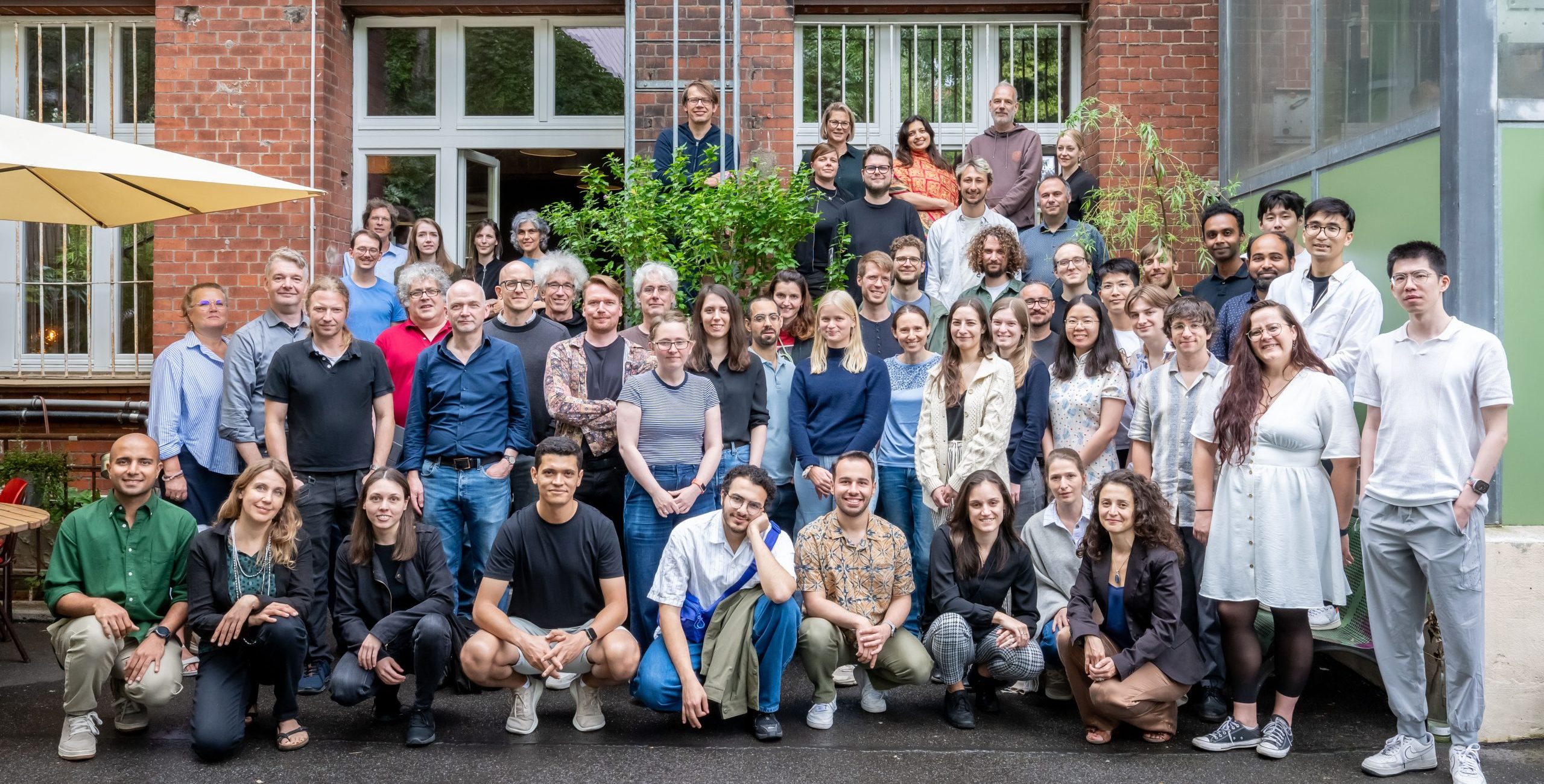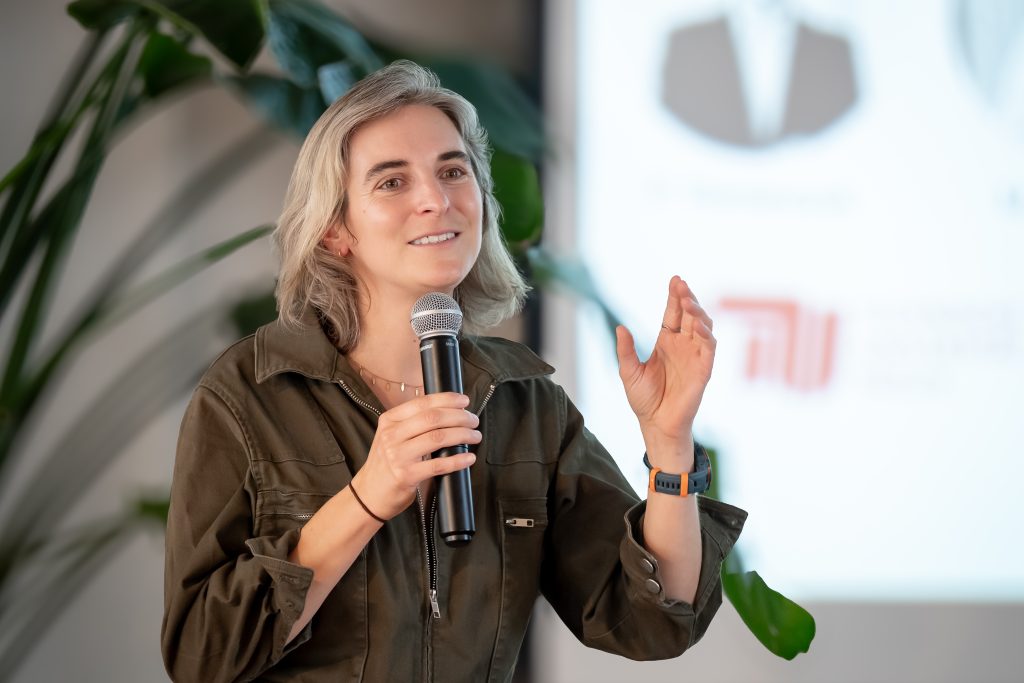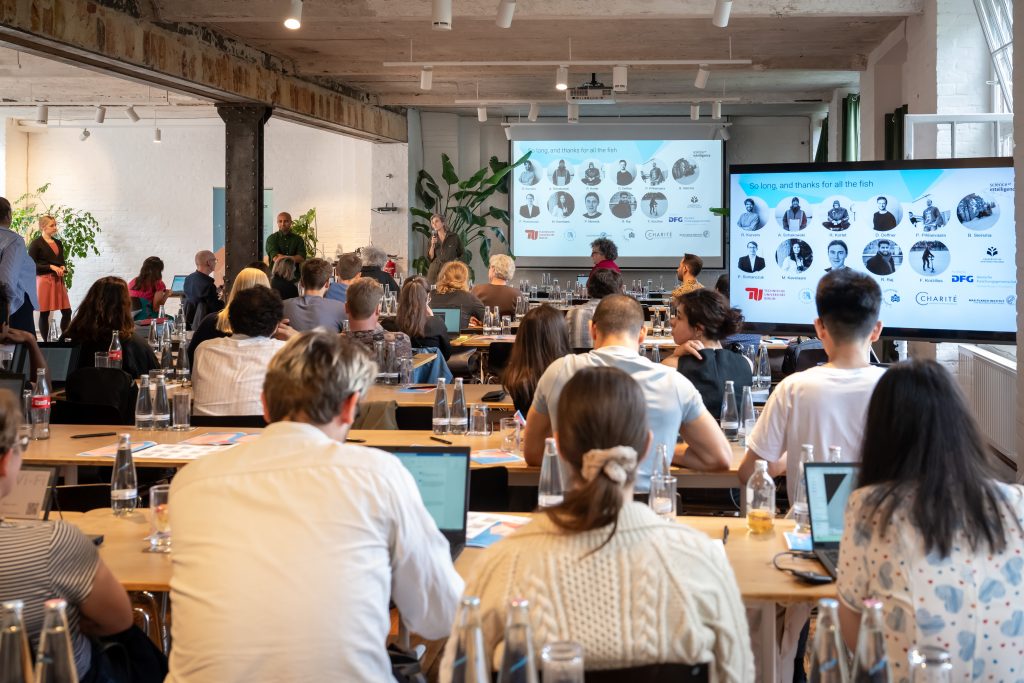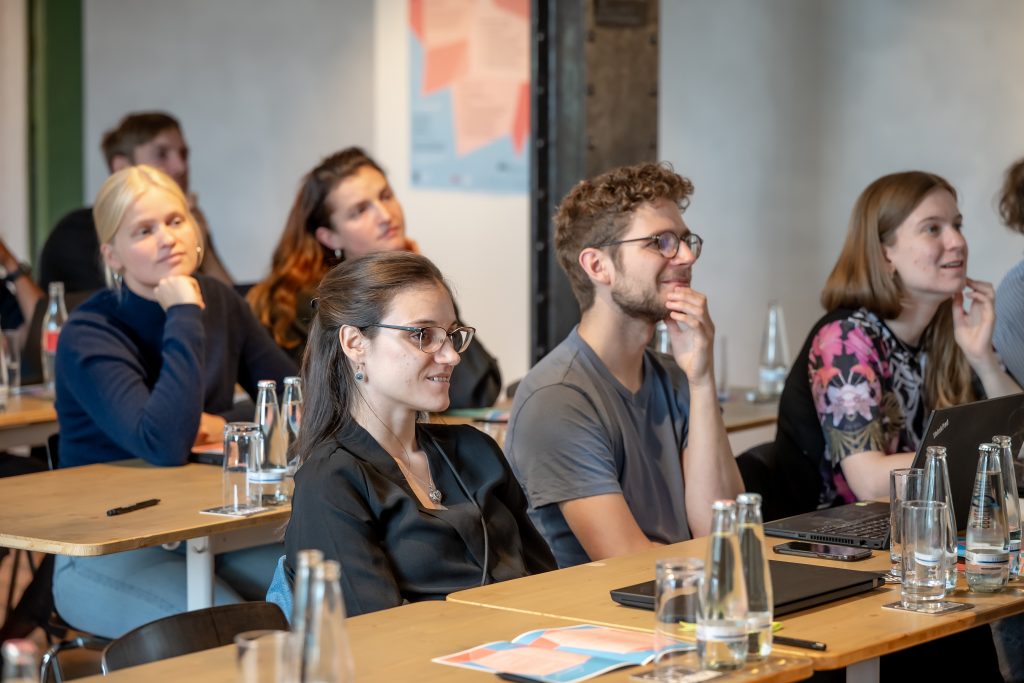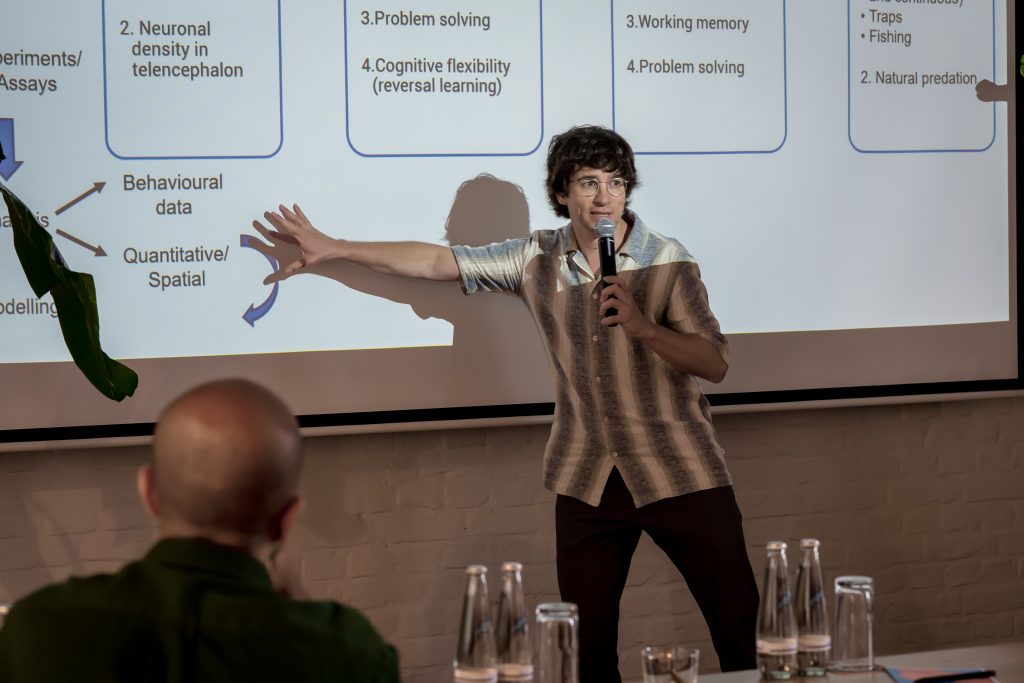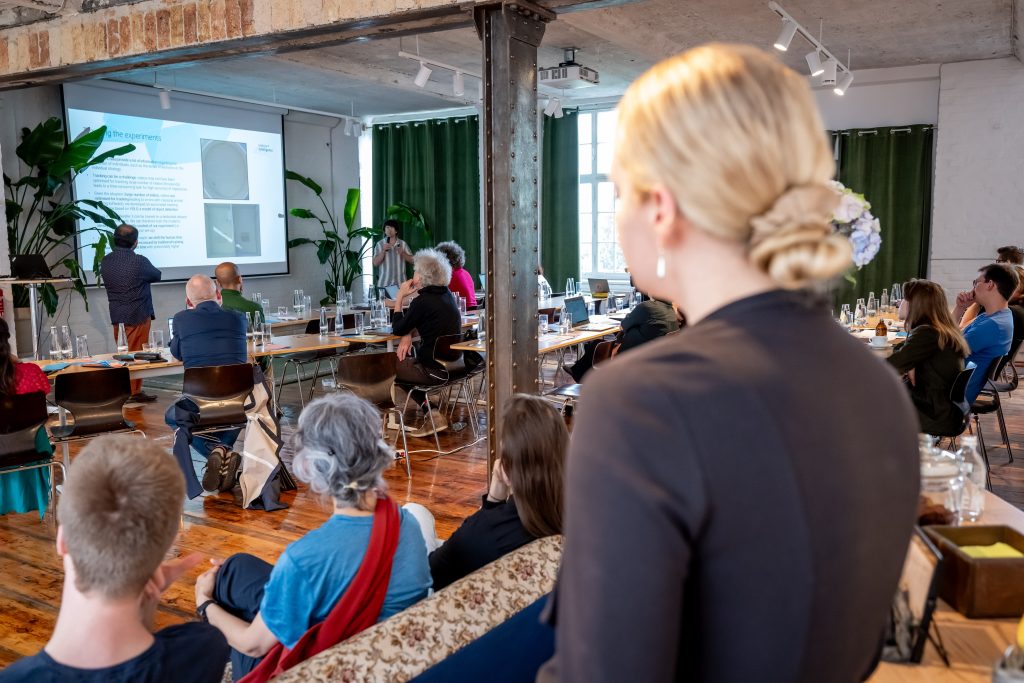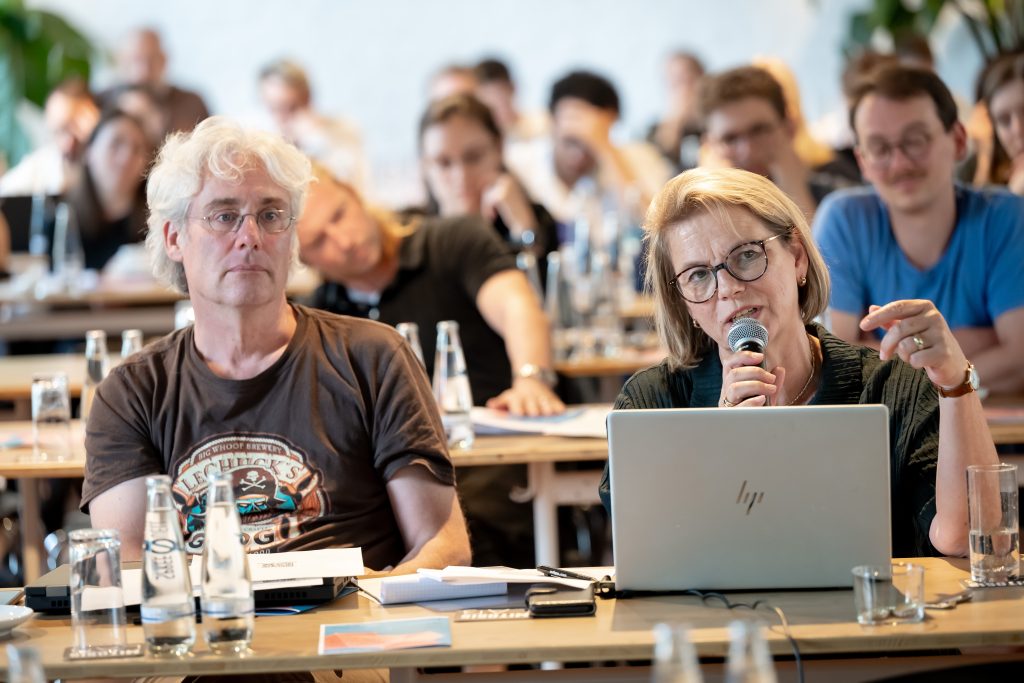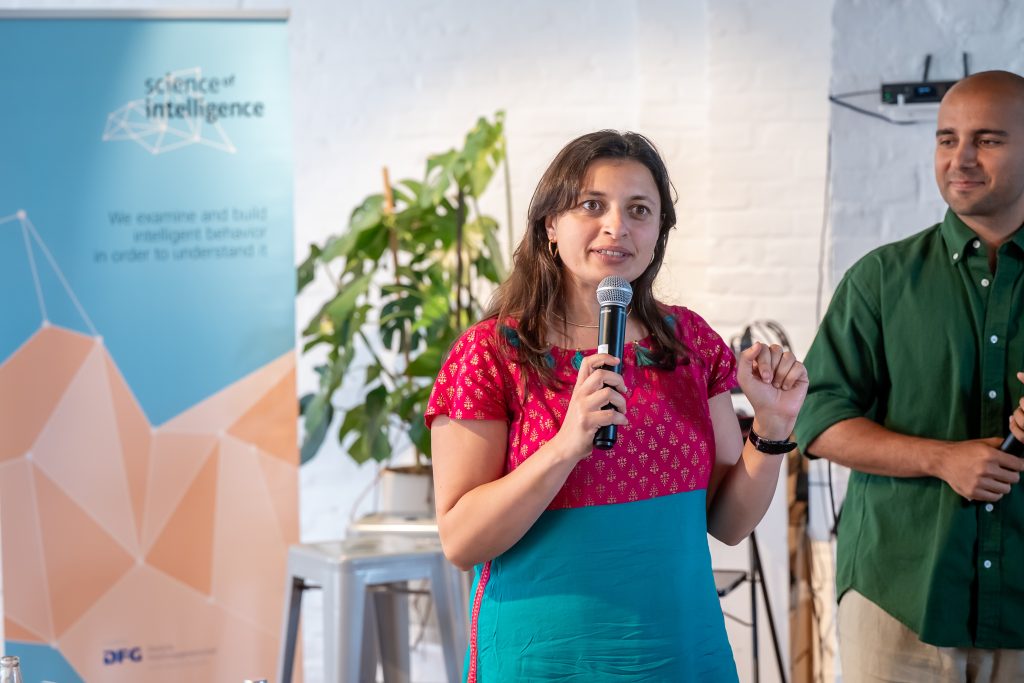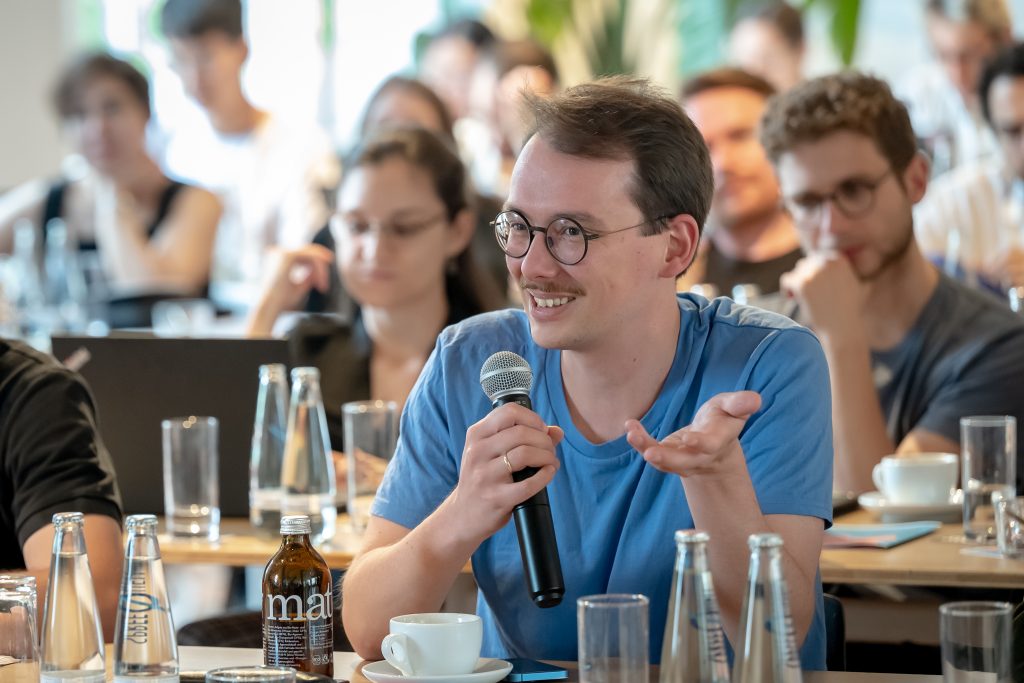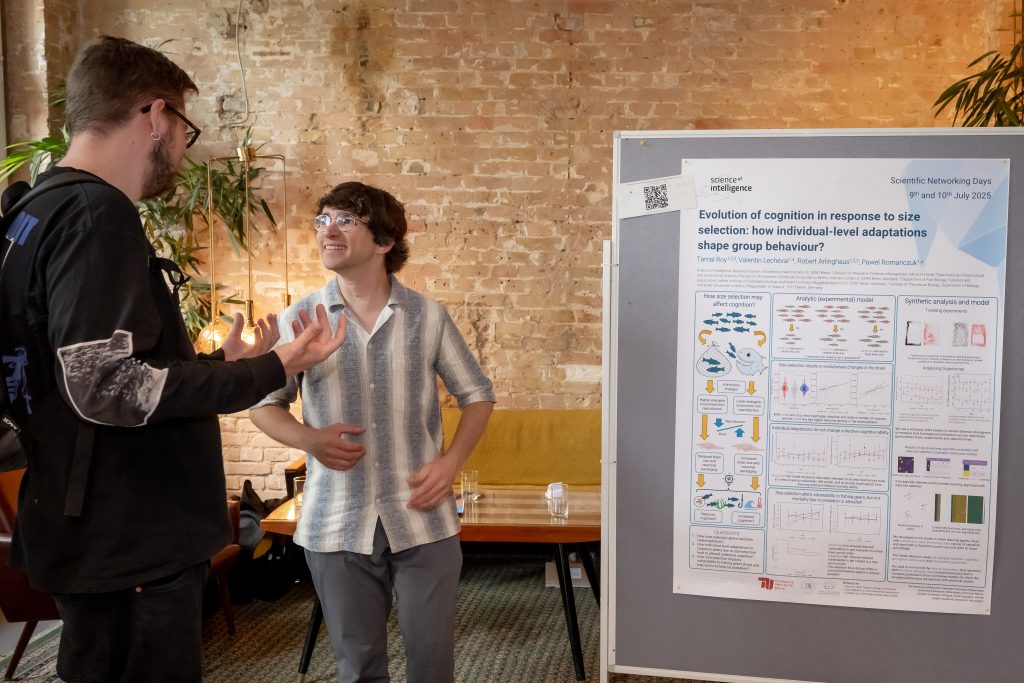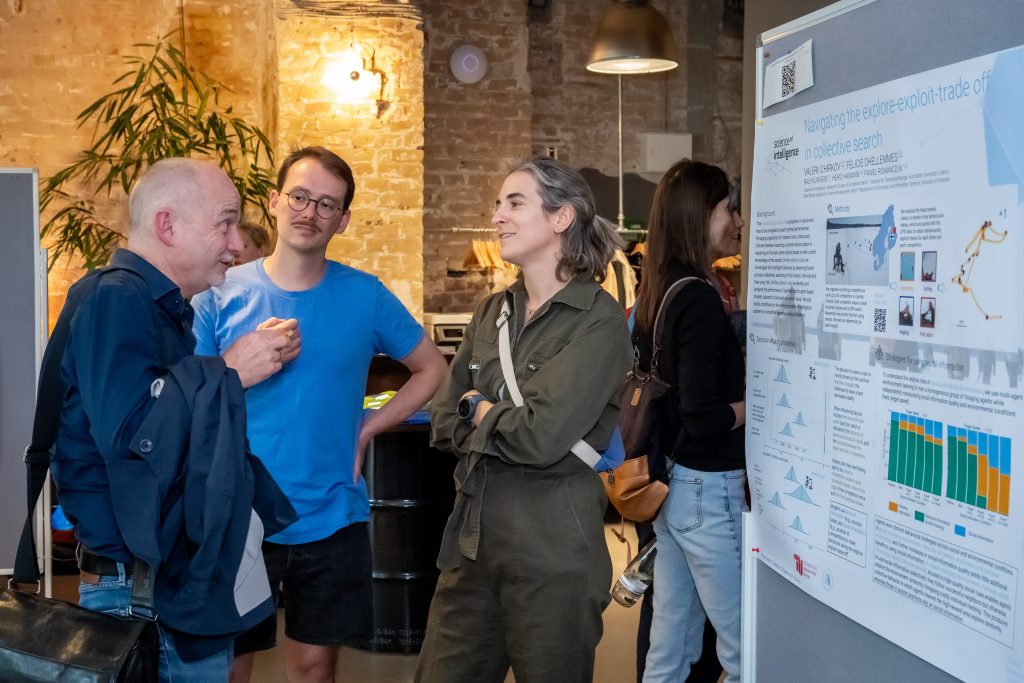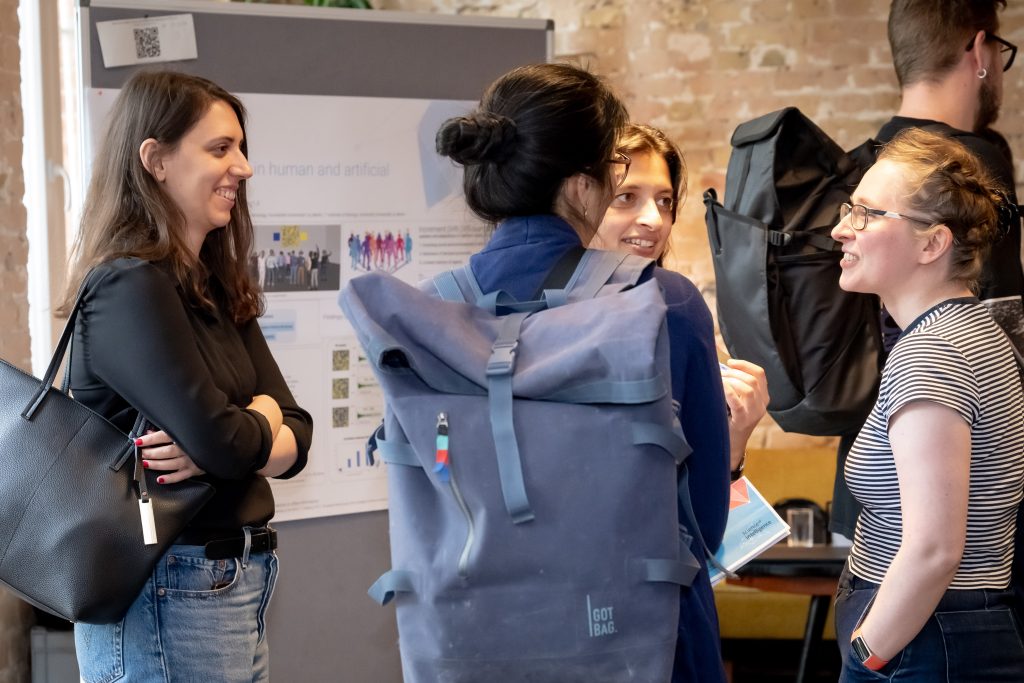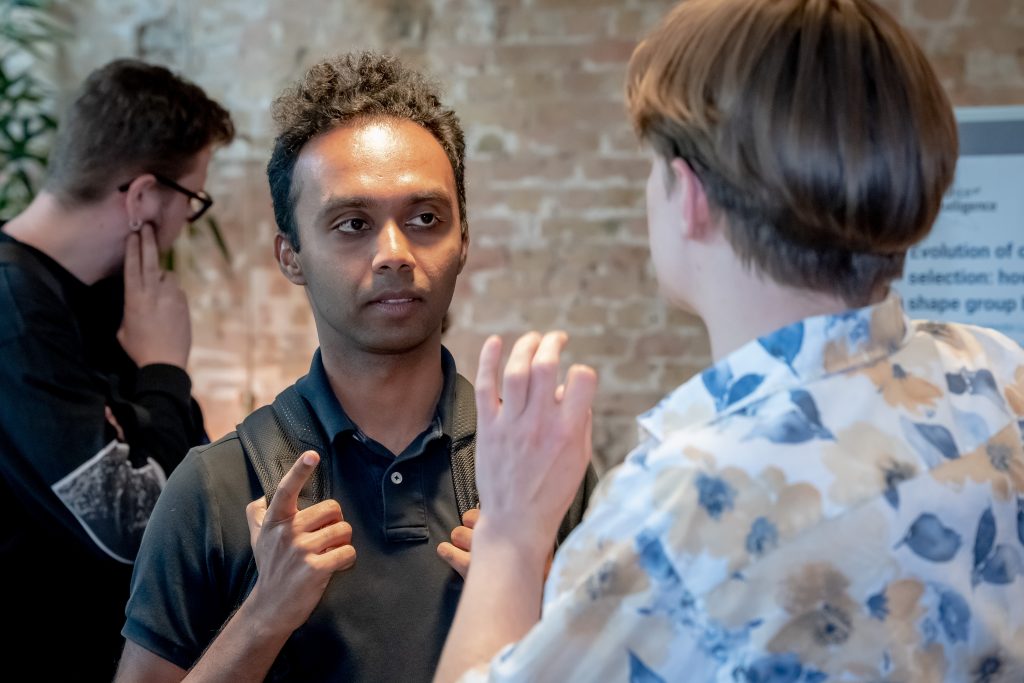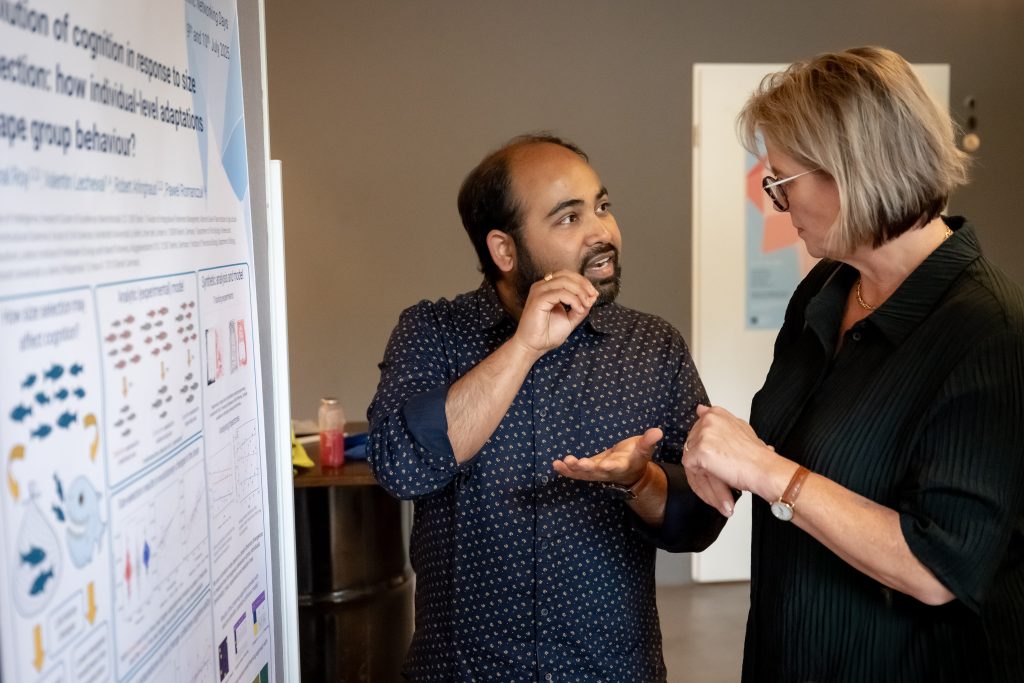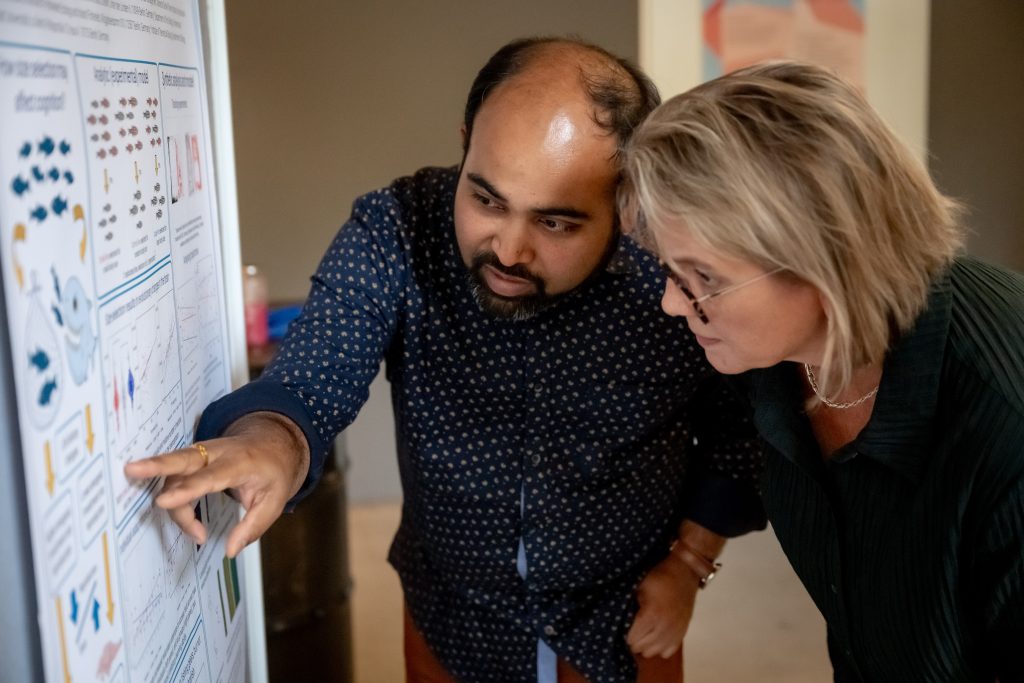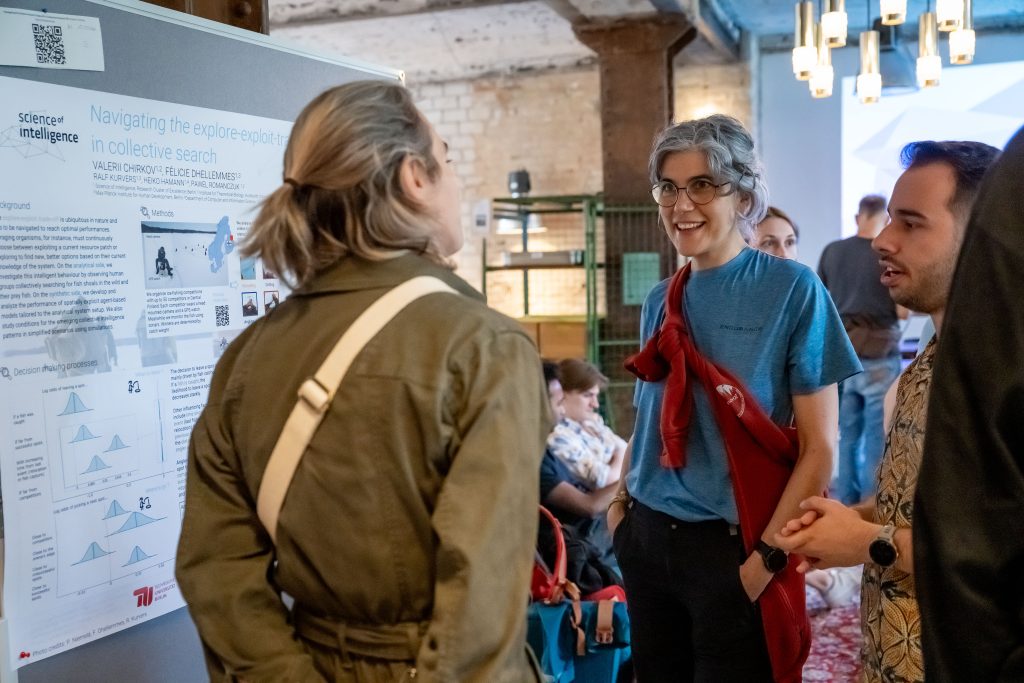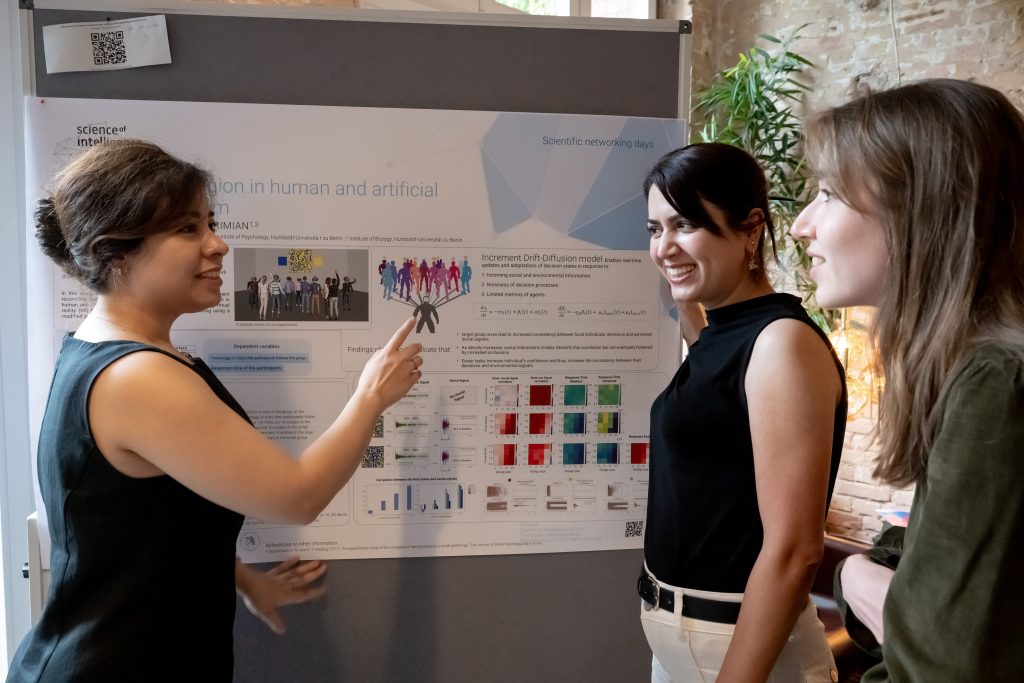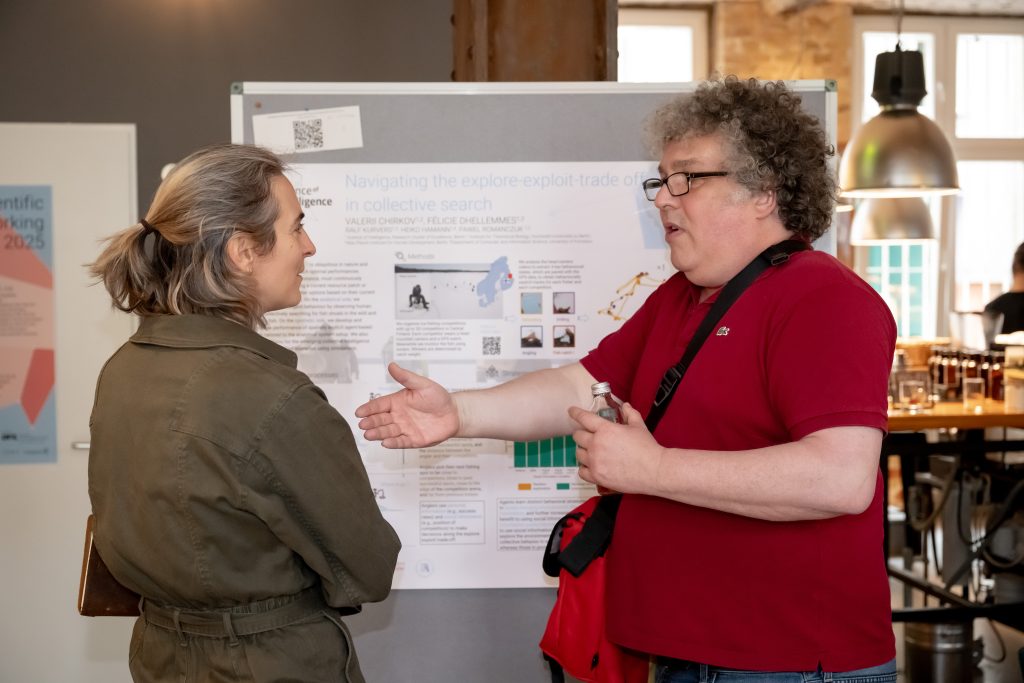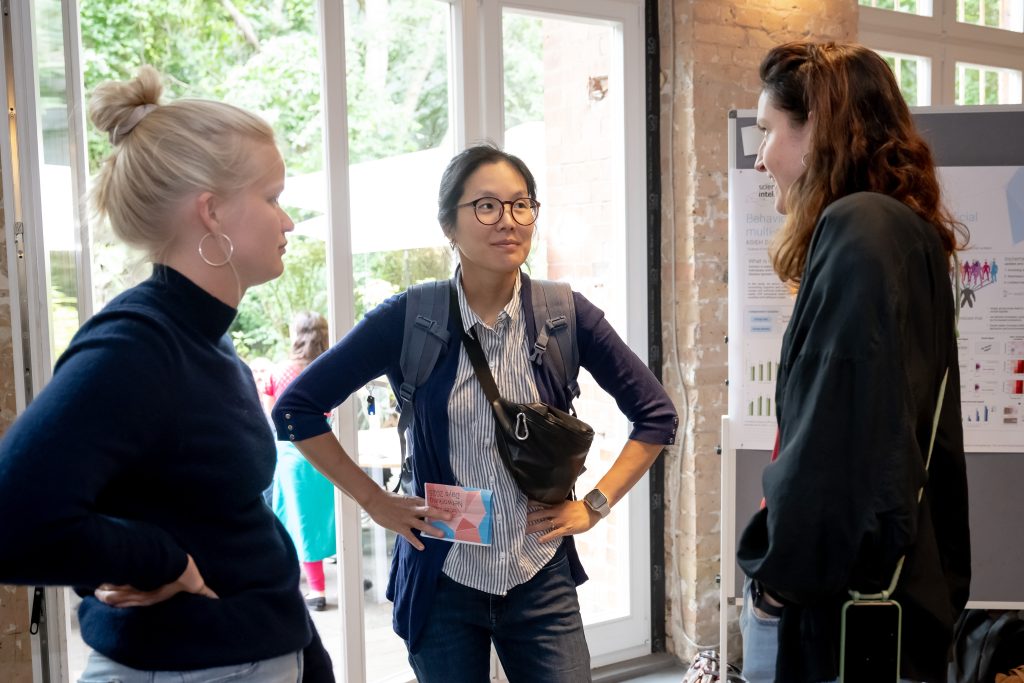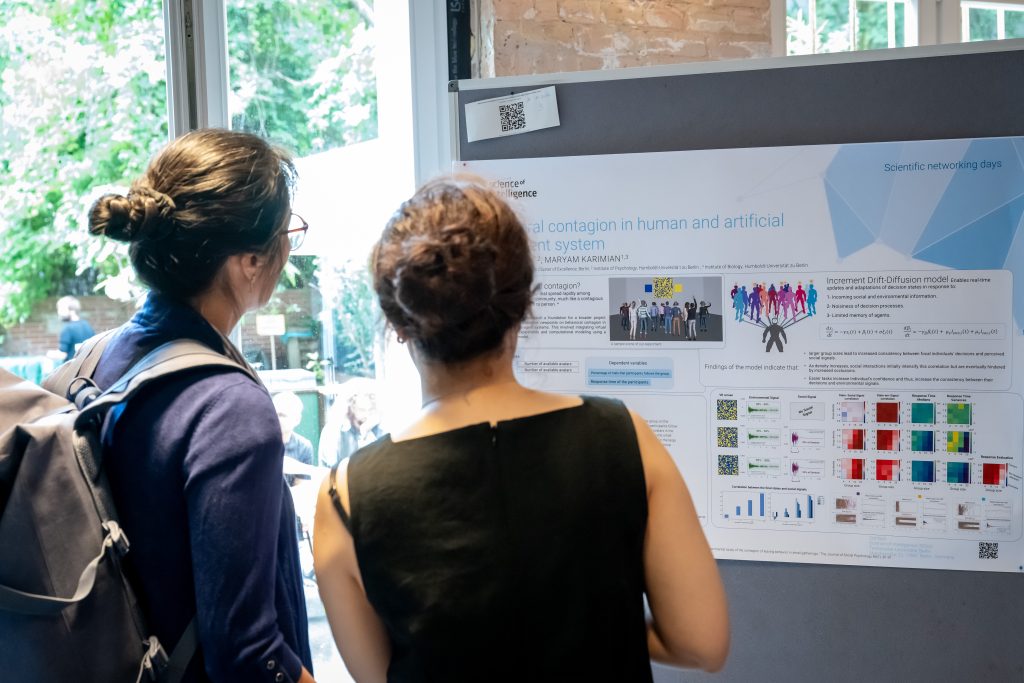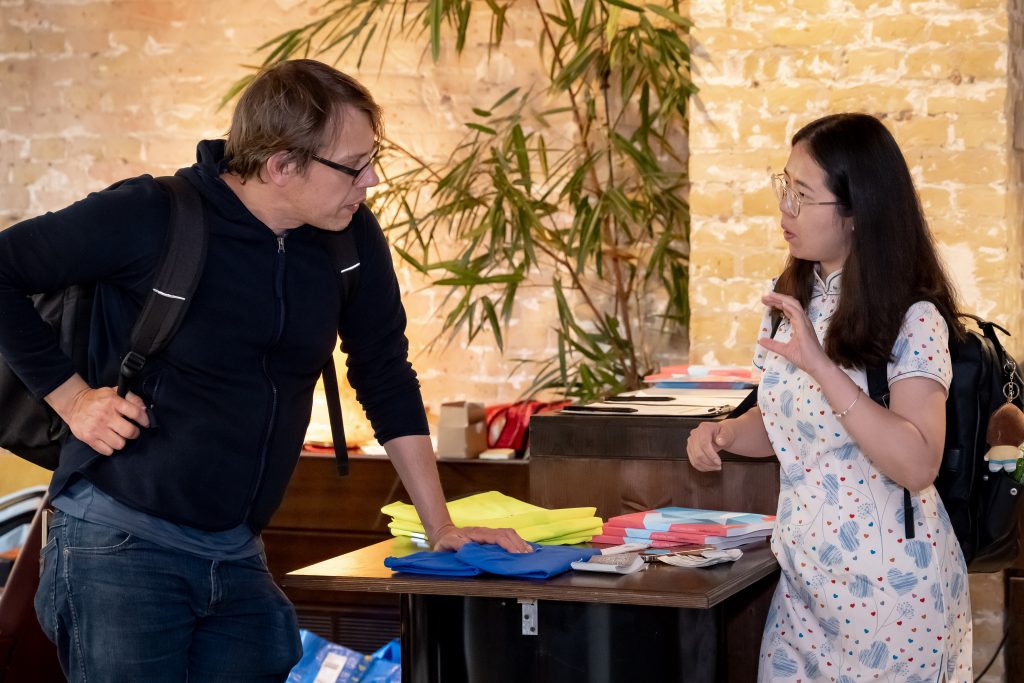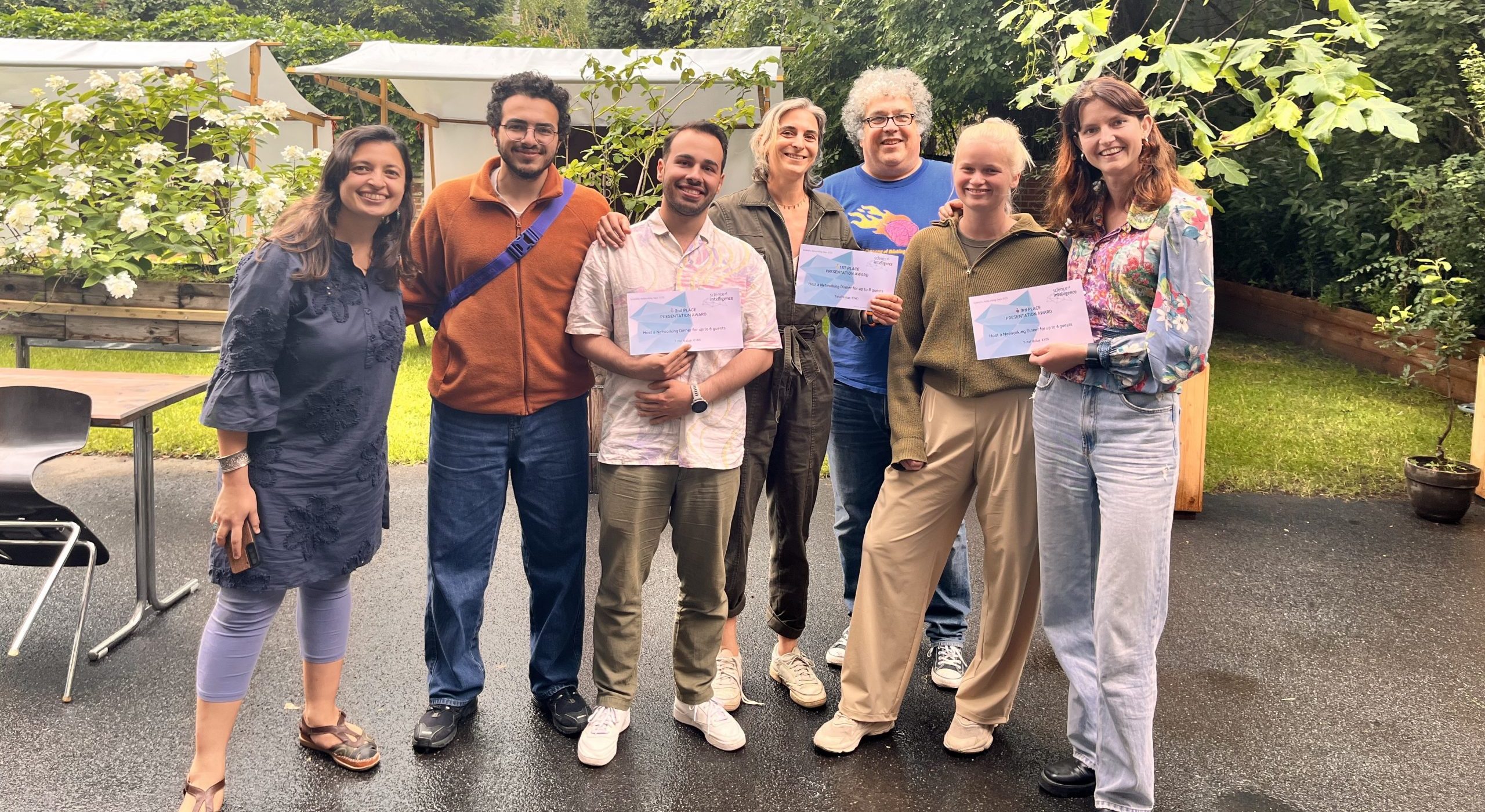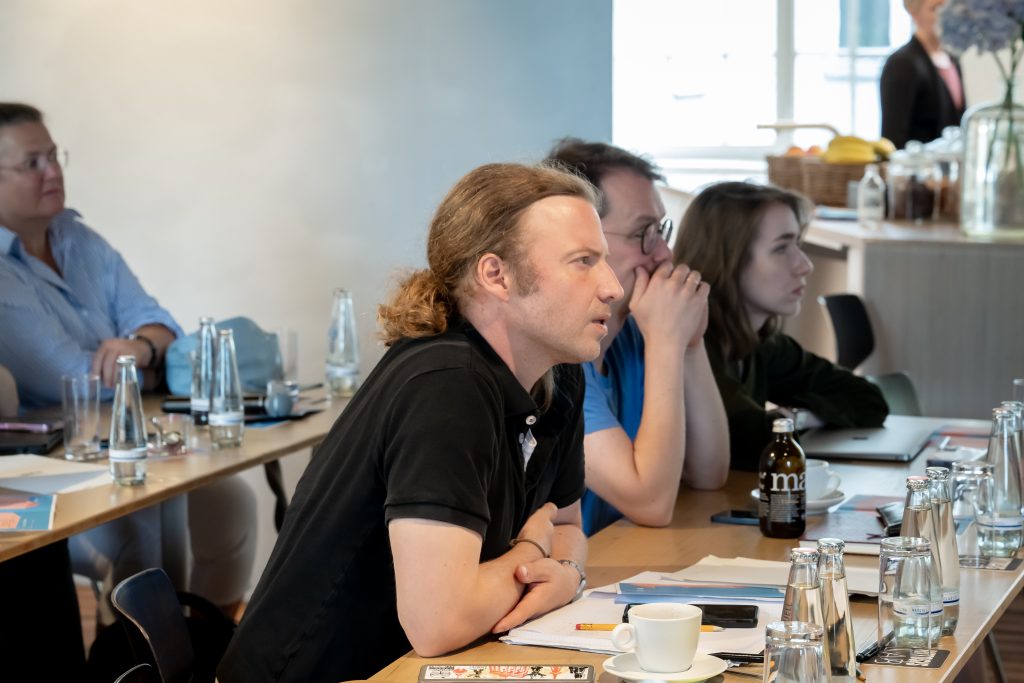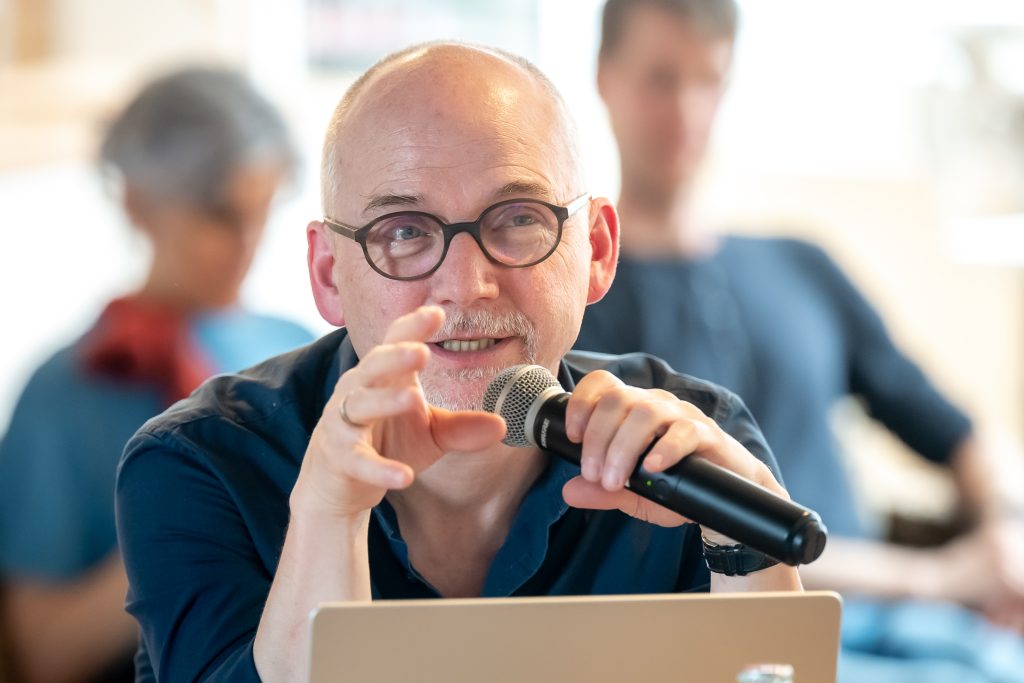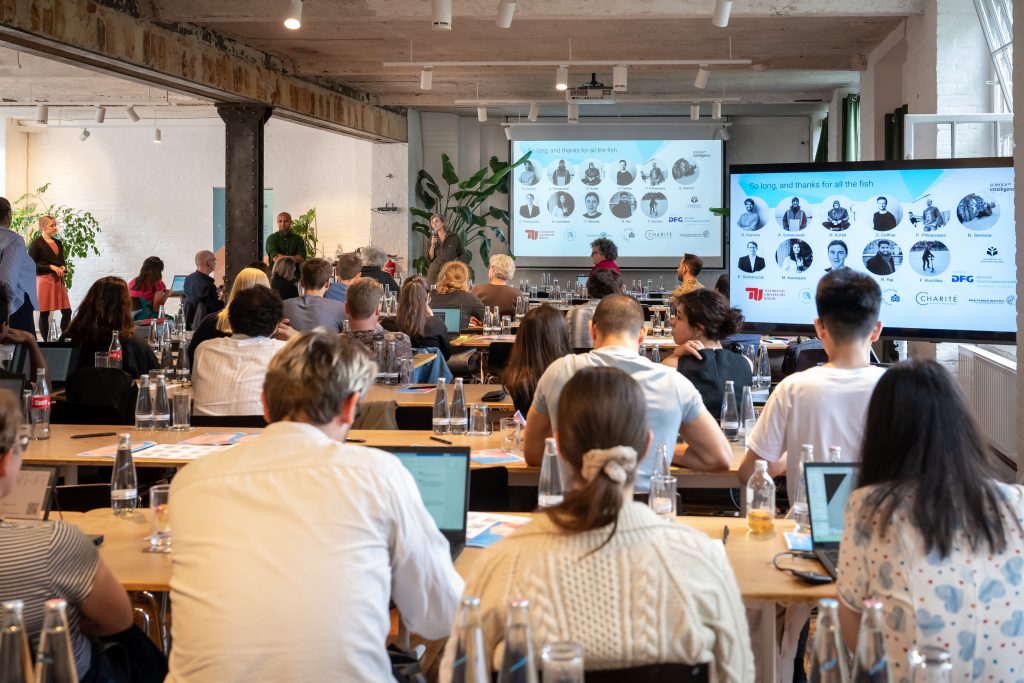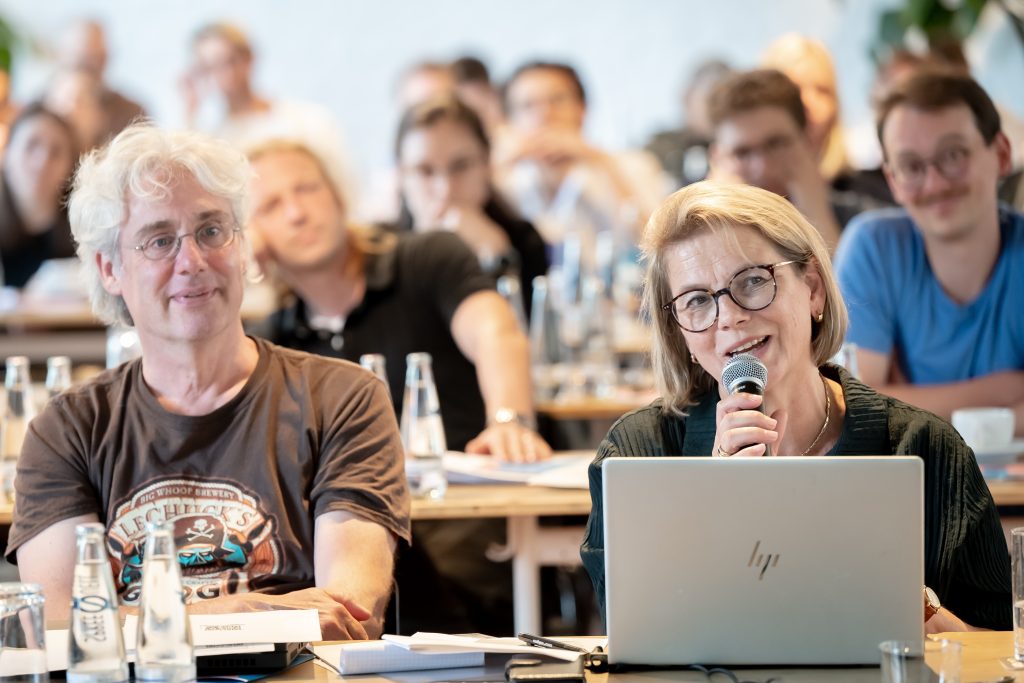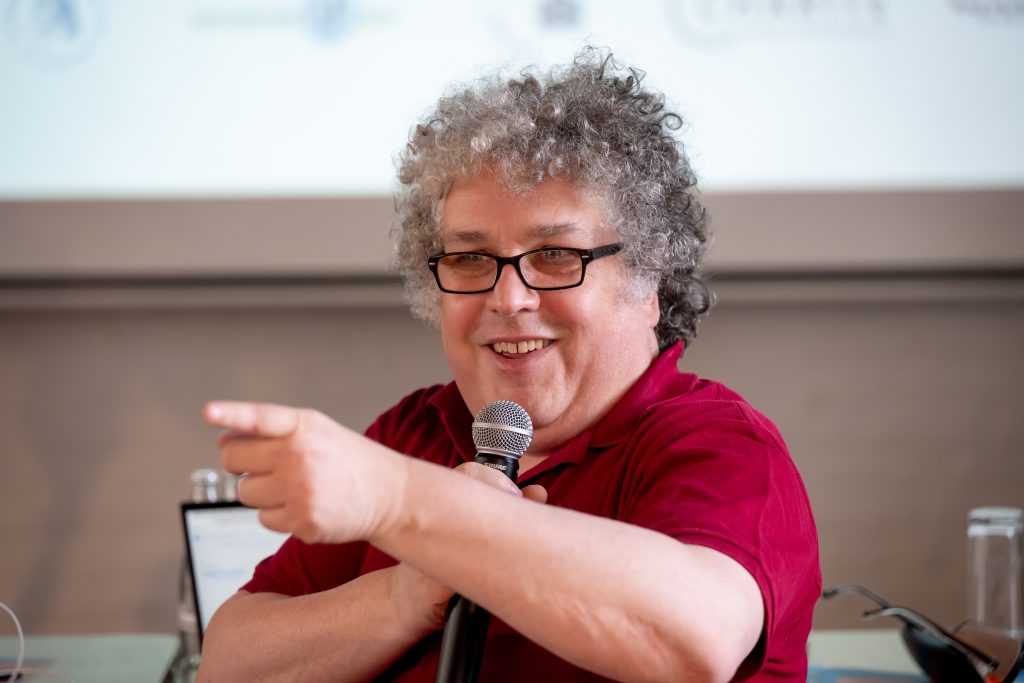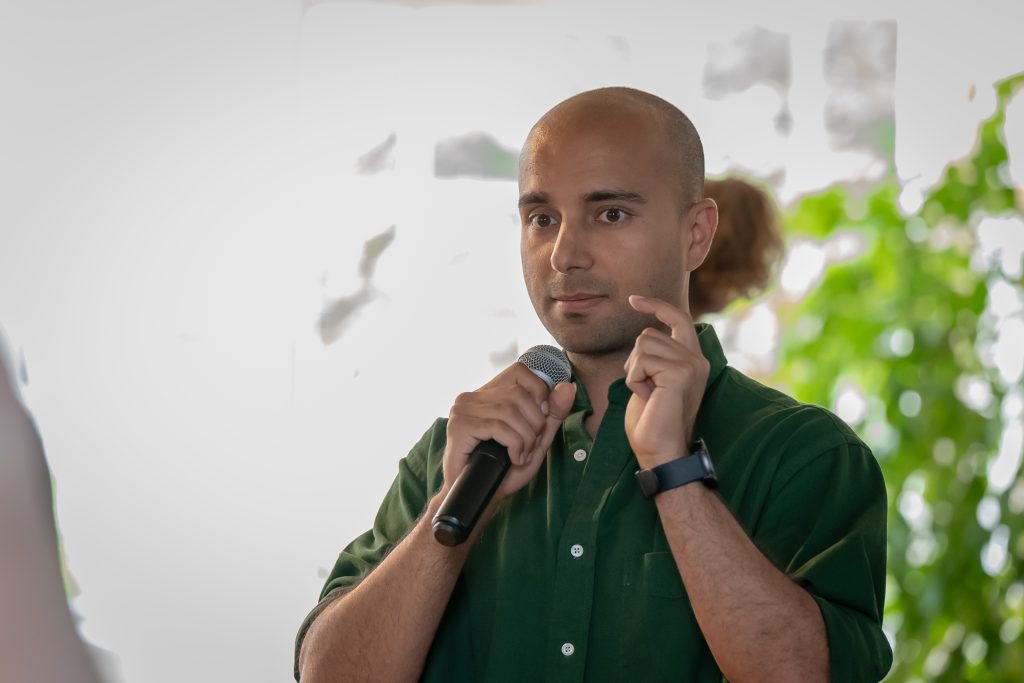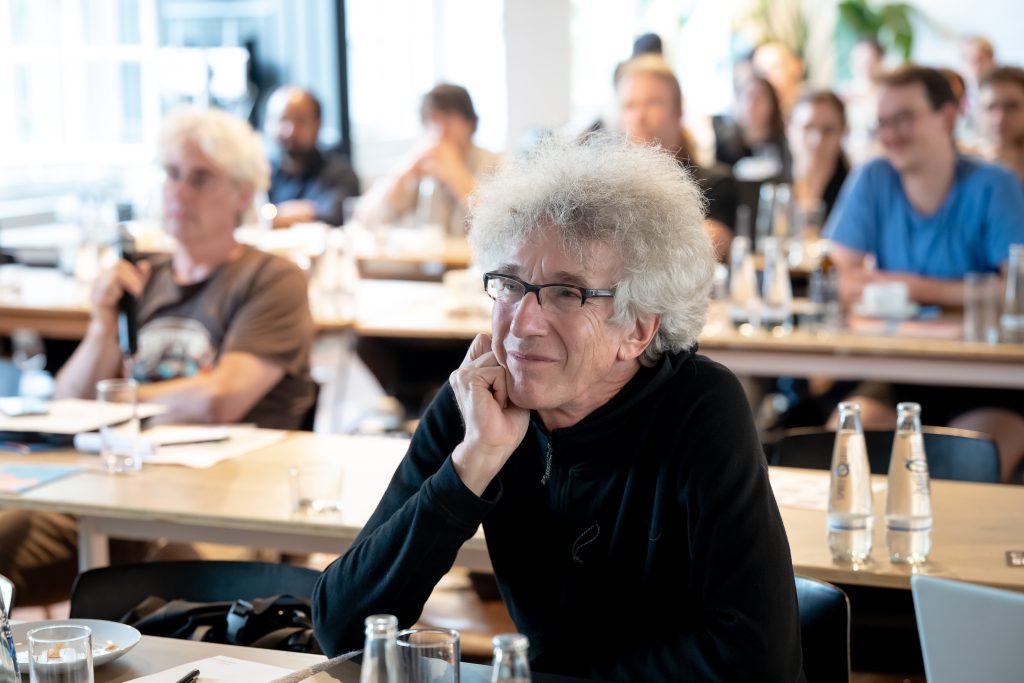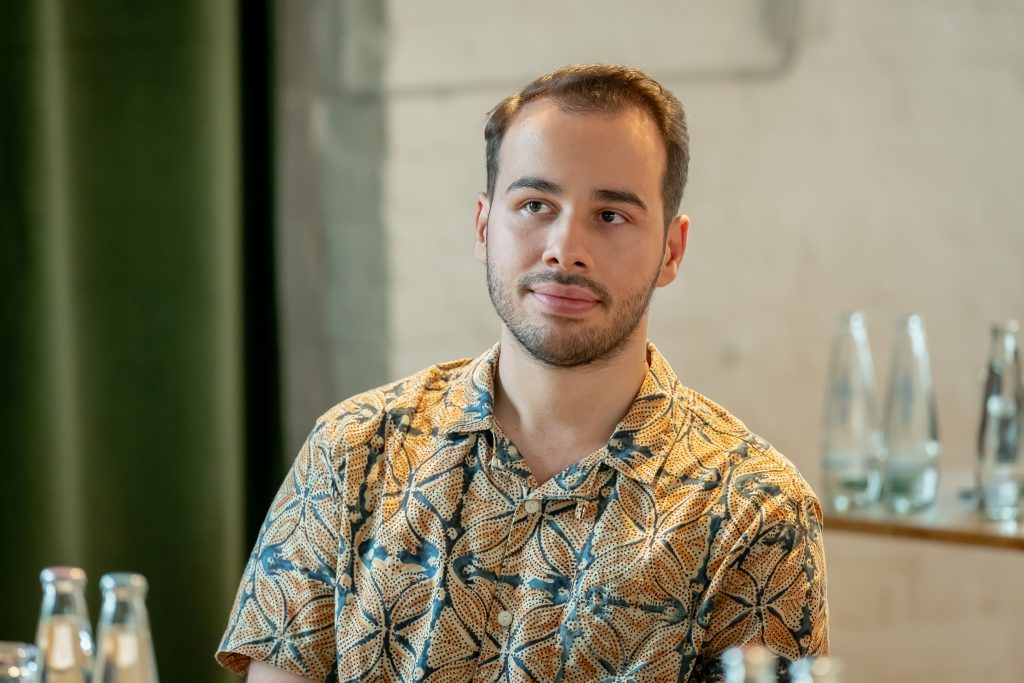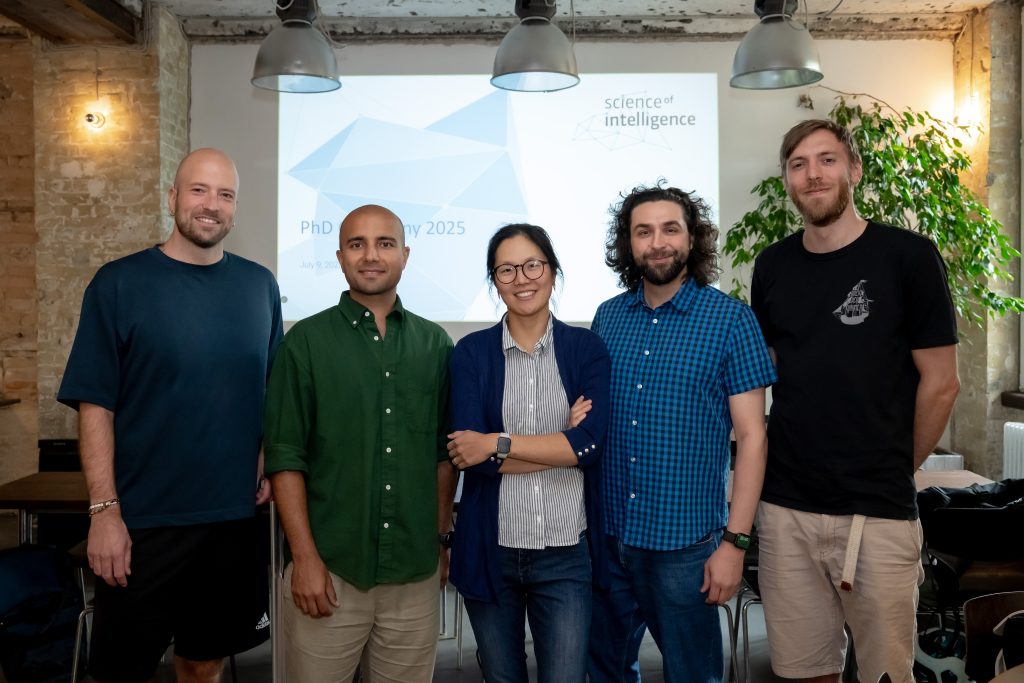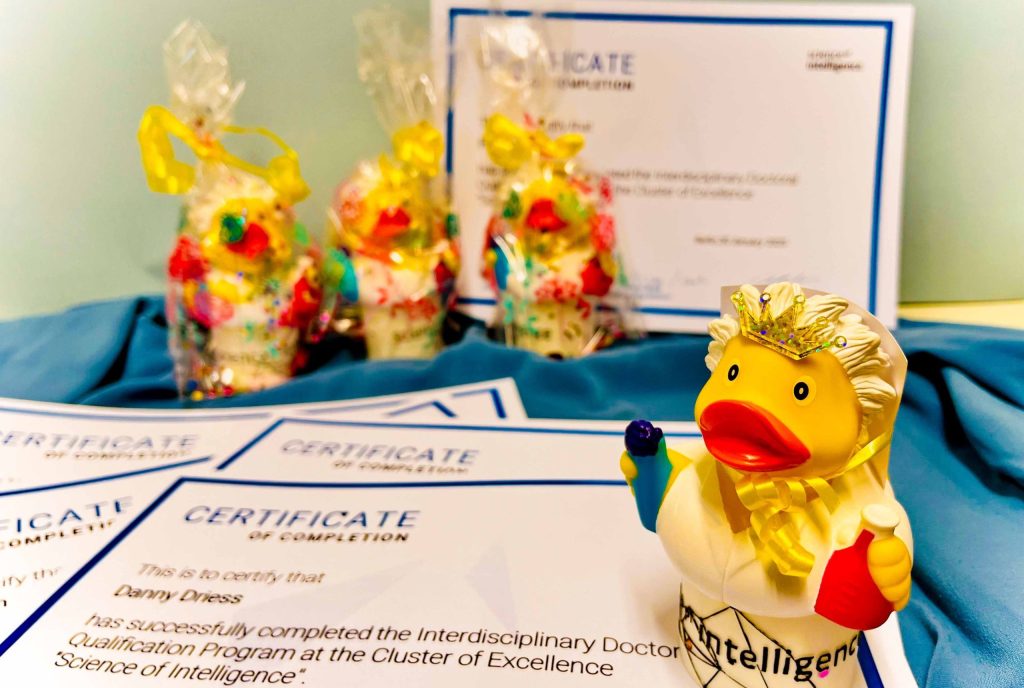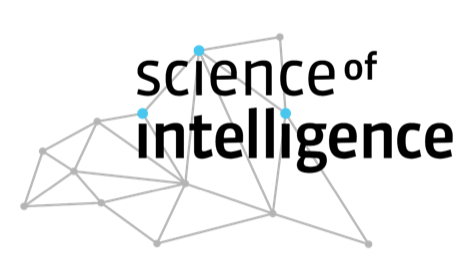Scientific Networking Days 2025: Revisiting questions, refining methods, and building connections
From 9–10 July 2025, researchers from Science of Intelligence (SCIoI) gathered for this year’s Scientific Networking Days. Over the past few years, the event has become a key part of the cluster’s internal calendar, offering space to reflect on progress, share research across disciplinary boundaries, and sharpen collective focus. The meeting brought together researchers from all career stages, creating moments of feedback, exchange, and connection across projects and perspectives.
Research in motion: presentations and discussion
The two-day program balanced formal presentations with informal opportunities for conversation. The core of the agenda was project presentations that spanned the full breadth of SCIoI’s research, ranging from robotic attention systems and visual processing to group learning dynamics in animals and computational approaches to decision-making. Each presentation was followed by in-depth Q&A sessions, where participants engaged directly with the presenters to discuss methods, challenges, and ethical implications. These exchanges often opened up new angles of inquiry and cross-links between disciplines.
Beyond the presentations, the event left room for side conversations and breakout discussions. These less structured moments proved just as valuable, often leading to spontaneous collaborations or unplanned exchanges between seemingly distant fields.
